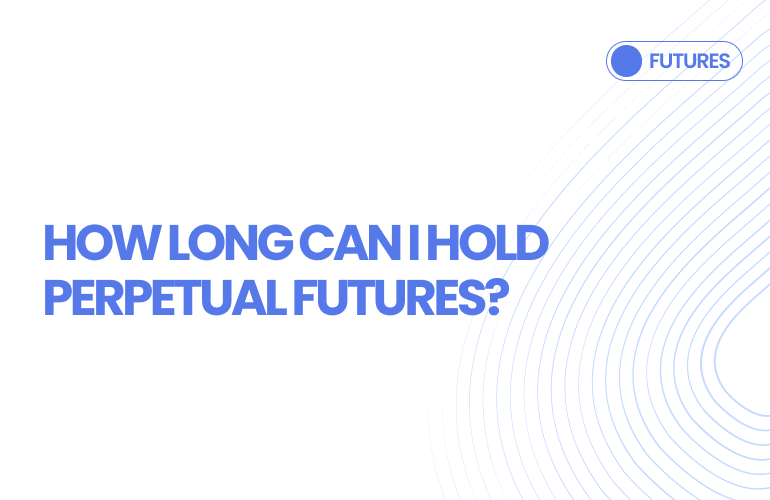Unlike traditional futures contracts that expire on a set date, crypto perpetual futures have no expiration date. This means traders can hold their positions indefinitely—provided they have sufficient margin and can cover funding fees. Platforms like Pi42, India’s first Crypto-INR perpetual futures trading platform, offer traders the flexibility to hold positions for as long as they want while benefiting from no 1% TDS, no 30% flat tax, and up to 75x leverage.
Factors That Impact How Long You Can Hold Perpetual Futures
Several factors determine how long a trader can hold a perpetual futures contract:
- Funding Fees – Traders must pay periodic funding fees, which can accumulate over time.
- Available Margin – Holding a position requires sufficient margin; liquidation occurs if margin levels drop too low.
- Market Volatility – Sharp price swings may force traders to adjust or close positions.
- Leverage Usage – Higher leverage increases the risk of liquidation if price movements go against the position.
Best Practices for Holding Perpetual Futures Long-Term
To maintain a position in crypto perpetual futures for an extended period, consider the following:
- Monitor Funding Rates – Be aware of periodic funding payments to avoid unnecessary losses.
- Use Risk Management Strategies – Implement stop-loss and take-profit orders.
- Adjust Leverage – Lower leverage helps reduce liquidation risk.
- Keep Adequate Margin – Ensure sufficient funds are available to maintain the position.
- Stay Informed on Market Trends – Regularly analyze market conditions to make informed decisions.
Expand Your Knowledge on Perpetual Futures
What Are Perpetual Futures Contracts and How Do They Work
Difference Between Perpetual Futures Contracts and Regular Futures Contract
Trade Crypto Futures: A Beginner’s Guide to Pi42’s Futures Contracts
How to Trade Crypto Futures in a Bear Market

